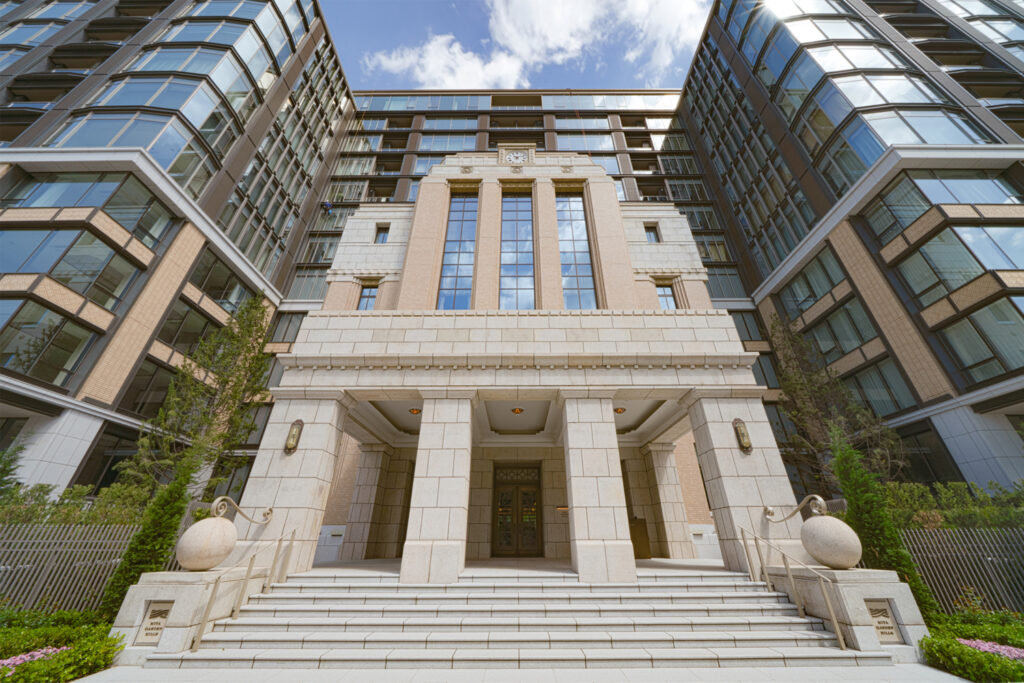
Up until 2018, the world’s largest pension fund, Japan’s Government Pension Investment Fund (GPIF), had maintained a stable operation centred on government bonds which are yielding close to nothing. However, the pension ‘whale’ is changing its portfolio strategy and as a result, is expected to invigorate the market and economy by pouring in trillions of Yen.
A 1% investment in Japanese real estate translates to 3 trillion yen entering the market
Previously, the pension fund invested mainly in low-risk low-return government bonds, but since 2018, it has started to expand investments in alternative assets including real estate.

The GPIF’s investment reform not only supplements the nation’s pensions but also contributes to raising the Japanese economy in the long run due to the substantial positive impact on the entire Japanese real estate market. The ratio of real estate investment in major overseas pension funds and government investment institutions is in the 3% to 10% range of total assets. The GPIF’s total assets under management are approximately 159 trillion yen (1.4 trillion USD) with a maximum of 5% allocated to alternative asset investing, which includes real estate. Even if 1% of its portfolio was invested in real estate, that would amount to approximately 1.5 trillion Yen (13.8 billion USD) – a tremendous amount.
Currently, the GPIF has not directly investing in real estate – instead, its exposure is mainly in funds. If they do start investing directly, and assuming they utilize a borrowing ratio of 50%, a total of approximately 3 trillion yen (27.6 billion USD) will flow into the Japanese real estate market. As a comparison, transactions in domestic commercial property transactions in 2018 totalled 4.1 trillion yen (37.8 billion USD), according to a Jones Lang LaSalle survey.

Improvement of Transparency in Japan’s Market
The entry of the GPIF and possibly other pension funds is a hot topic for the Japanese real estate market. One reason: the market can be energised with the large amounts of funds being invested. Secondly, this is another opportunity for Japan to improve transparency and continue its rise in international ranking tables. Pension funds emphasize compliance programs and will demand a high degree of transparency from the domestic property market.

All in all, the entry of GPIF and other pension funds to the Japanese real estate market is beneficial for both the Japanese real estate market and the economy. The declining birthrate and ageing population have accelerated pension asset management reforms and resulted in positive side-effects: ongoing stimulation of the real estate market and supporting further improvements in both liquidity and transparency.
Interested in purchasing property in Japan? See our Yen Loan Calculator











